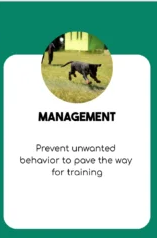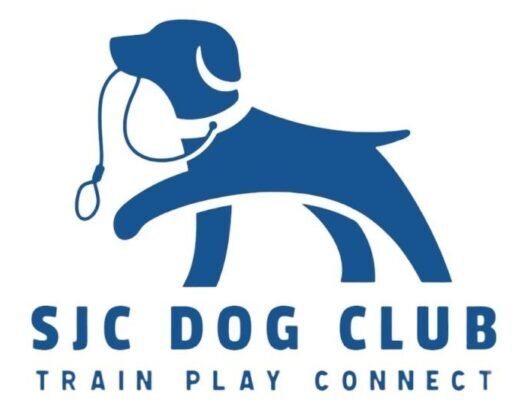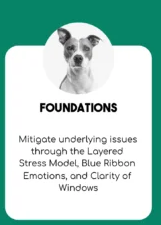Reactivity is a broad subject, not something anyone can cover in a single post or short video clip. Simply put, it is overreaction to what should be a normal situation. It can appear in different life stages, usually in adolescence or early maturity, or in elder dogs. The three basic types of reactivity are
- Overexcitement
- Shyness or fearfulness
- Aggressive-looking behavior (which can be fear-based or true aggression)
Common situations for reactivity can include: approaching another dog on the street or trail, poor reaction to strange dogs (with or without a causal event), barrier frustration, leash frustration. This section of Reacting Reasonably focuses on public manners. There are other kinds of overreactions, including separation anxiety, resource guarding and problems in the multi-dog household. Many items in the reactivity toolbox are appropriate for those types of reactivity as well. For very difficult dogs, especially with aggression, it is always best to work in-person with a trainer experienced in that kind of case.
Overcoming reactivity involves practice – sometimes it is as simple as the trigger not really being a normal situation and the dog doesn’t know how it is supposed to act. If your dog acts up when people visit, but you only get visitors once in a while, then it is really reactivity, or just lack of practice? Actual reactivity also involves practice – it takes time to build new and better habits. How long? It depends on the the individual’s age, temperament, level of motivation, etc.
Not every dog will be a social butterfly, but any dog can improve. It is a reasonable expectation for a dog to have decent behavior in public and respond to direction from its owner in various situations.

Your journey to better behavior starts with management. Using strategies to keep your dog from practicing bad habits paves the way to forming better ones!

Many dogs are sensitive to their owners’ emotions and energy. What is your part of the equation, and how can you make changes to make it easier for your dog to be successful?

Engagement activities build relationship with the owner and are intrinsically rewarding — other distractions become of little importance.

Work Ethic through obedience and counter conditioning increases clarity, builds confidence and instils responsibility.




